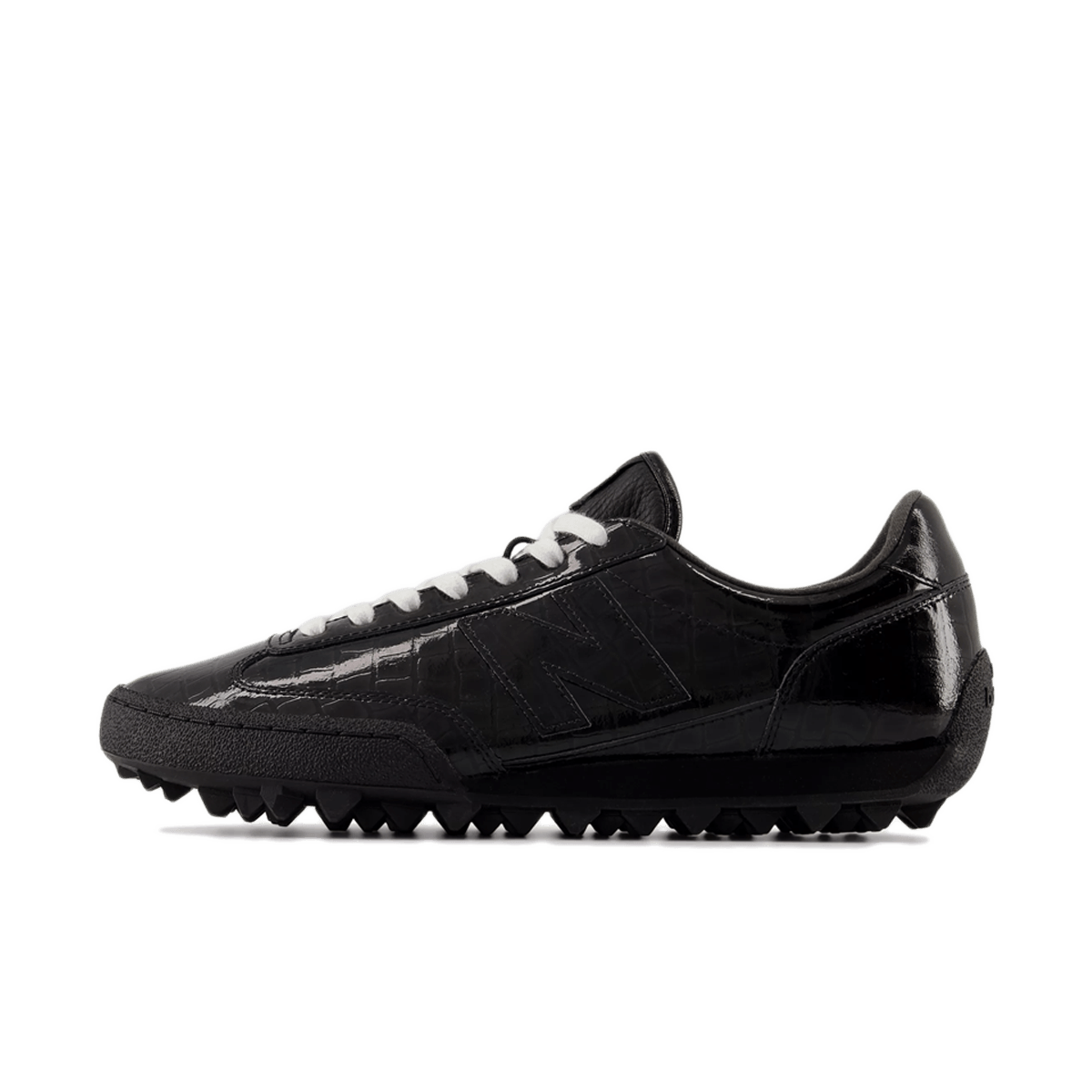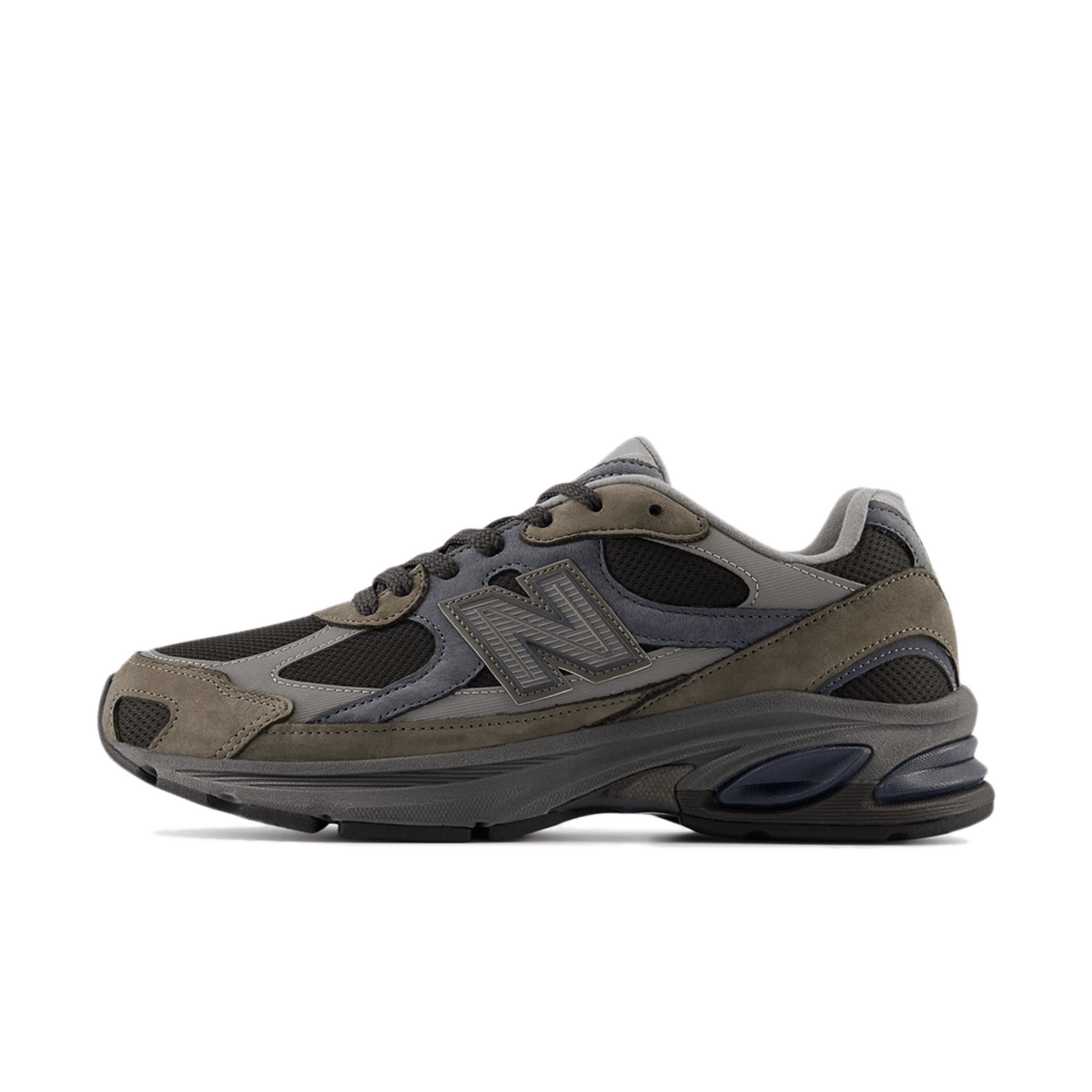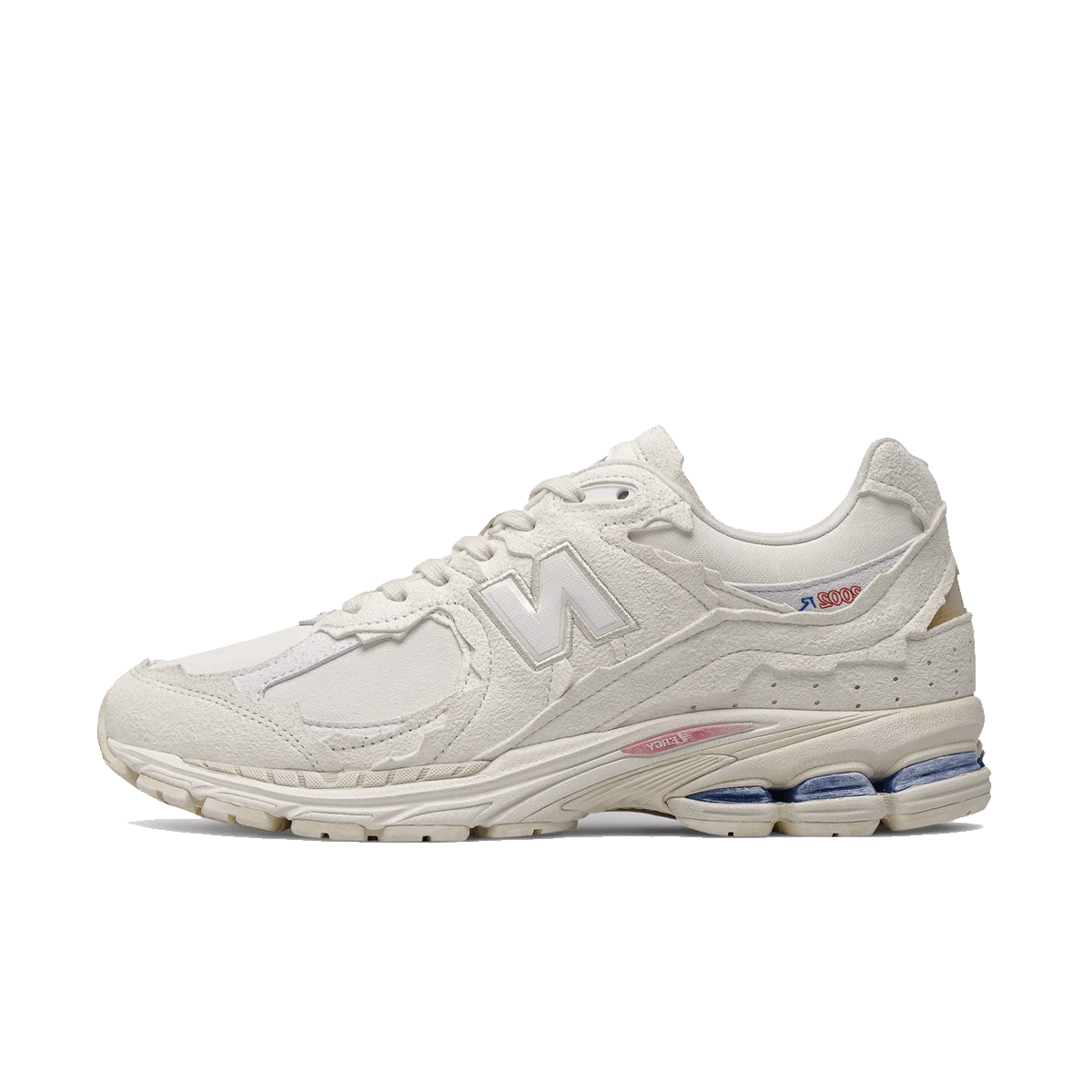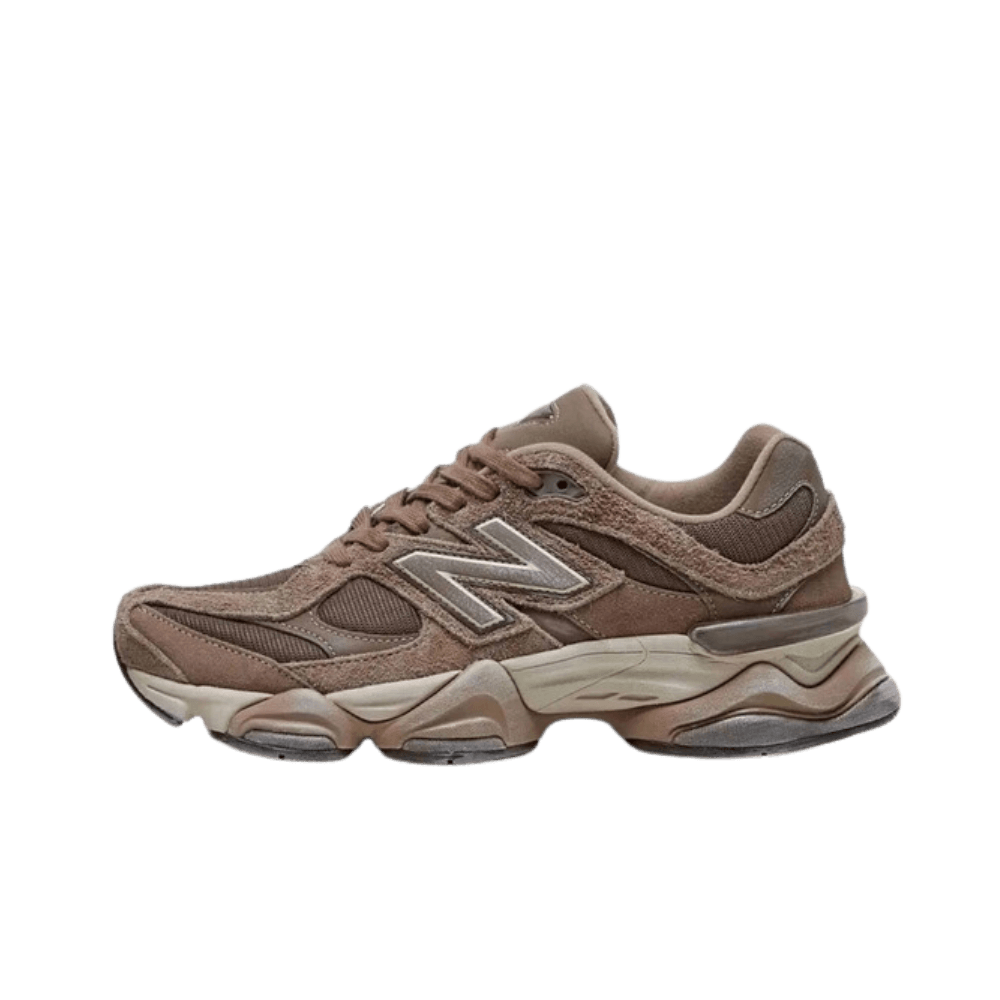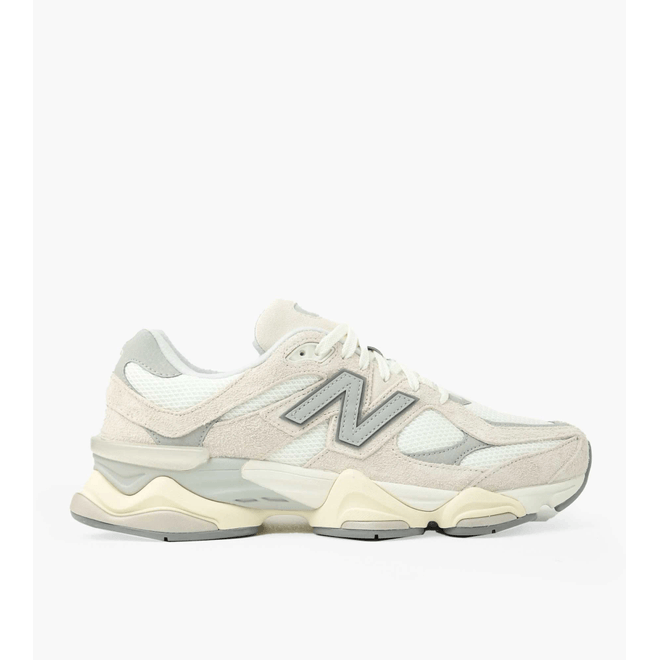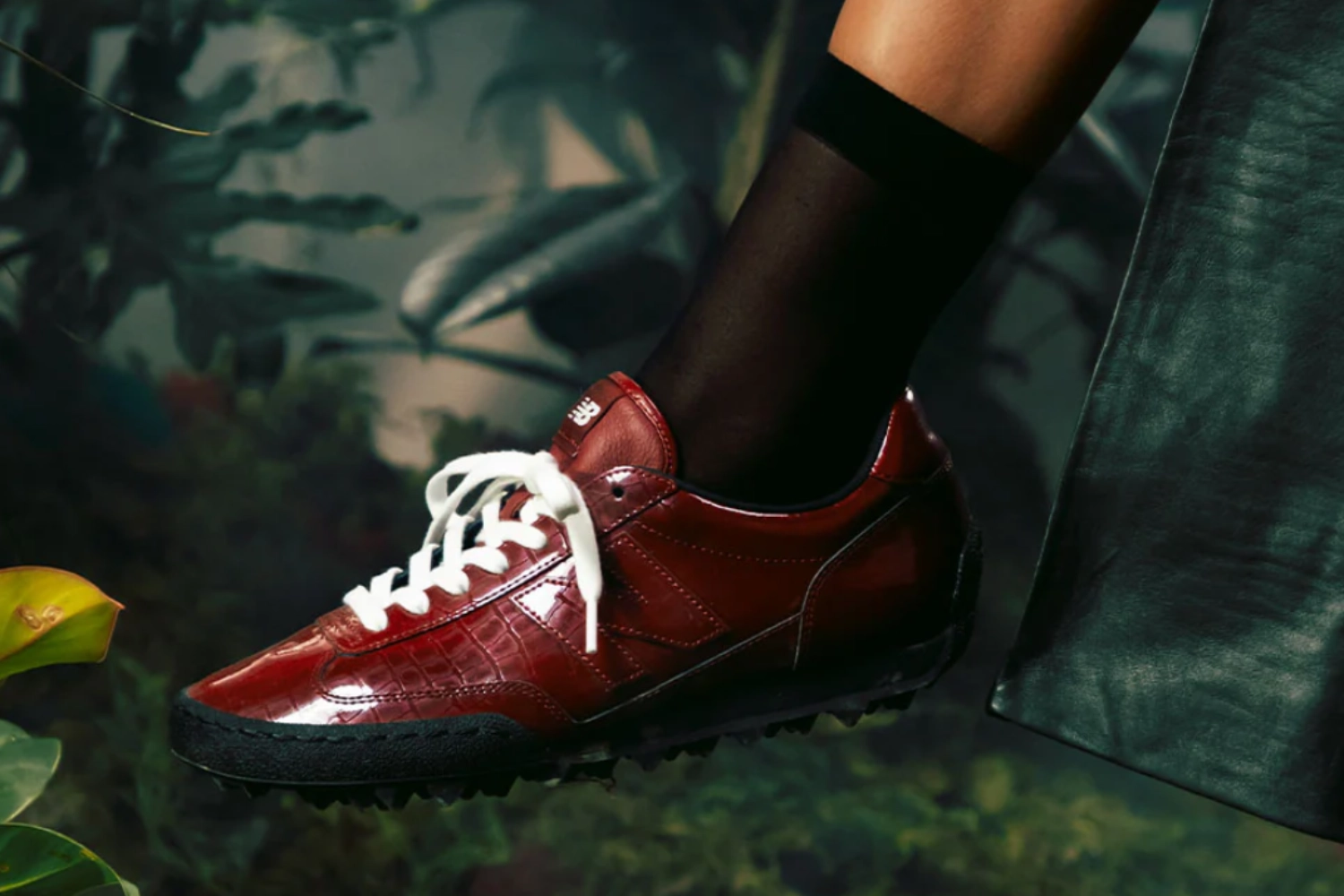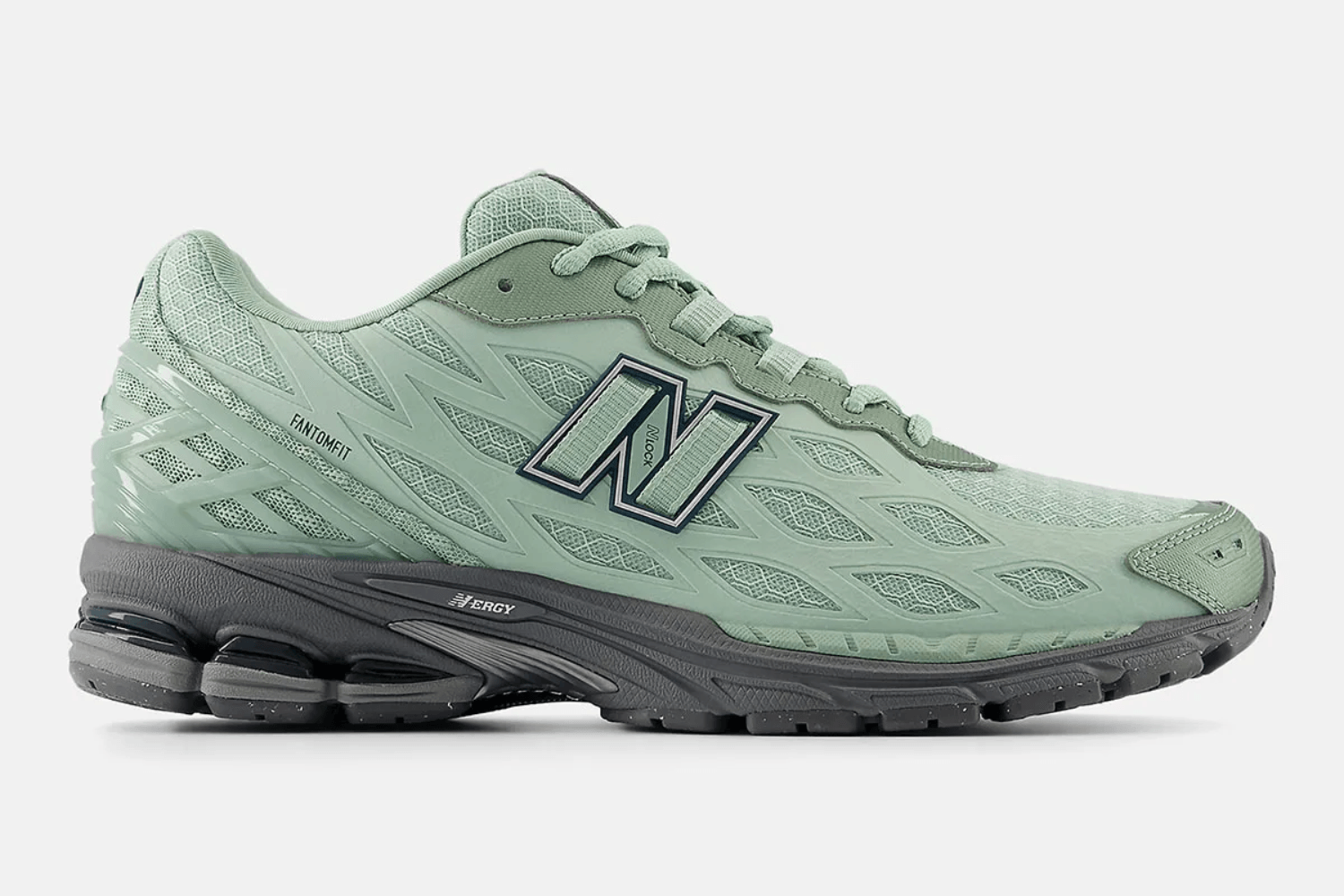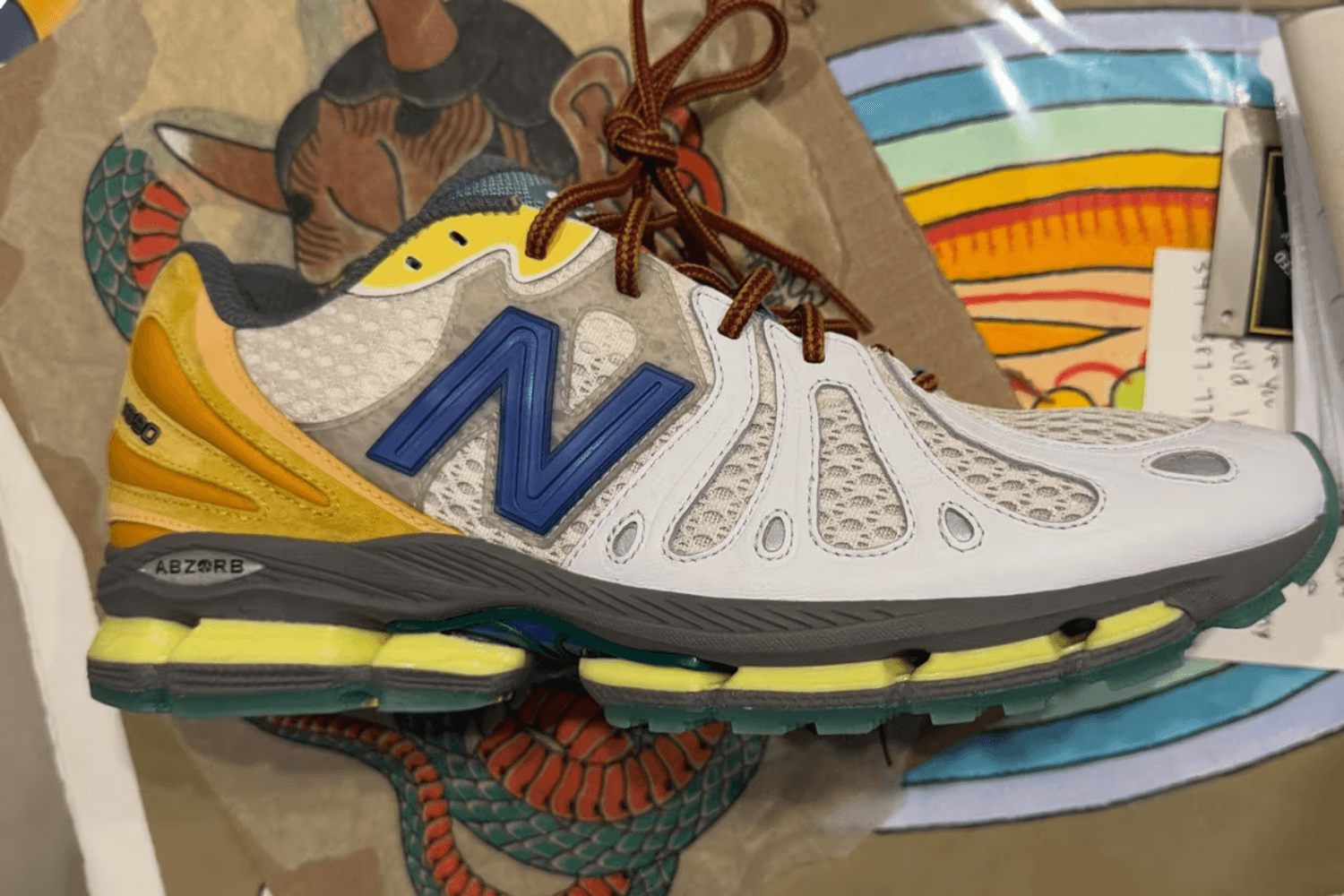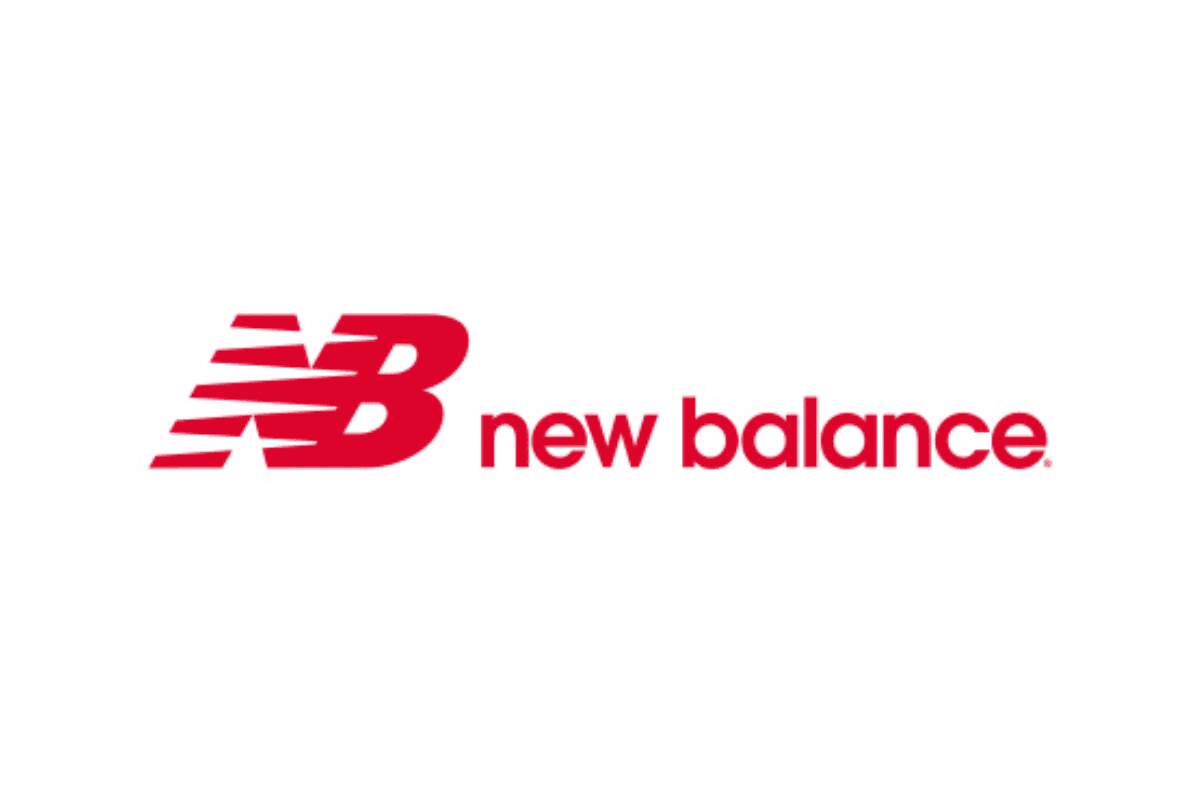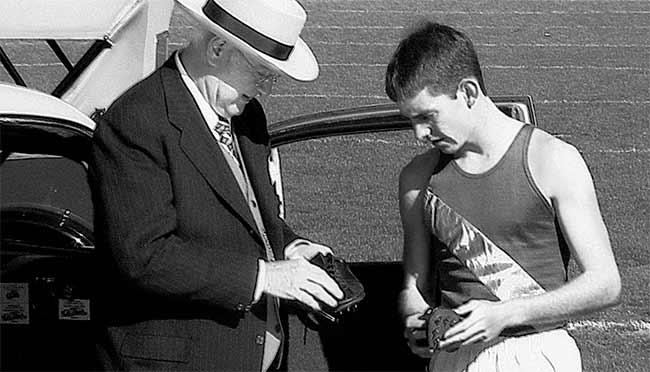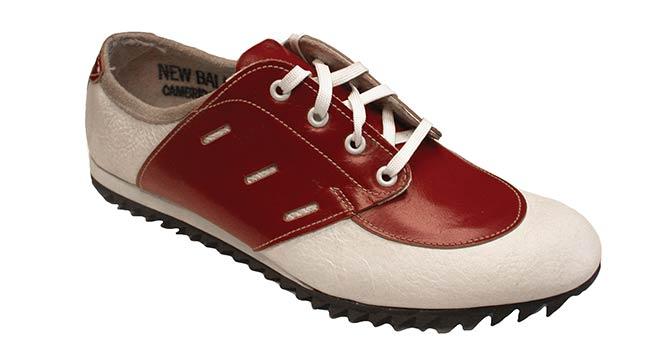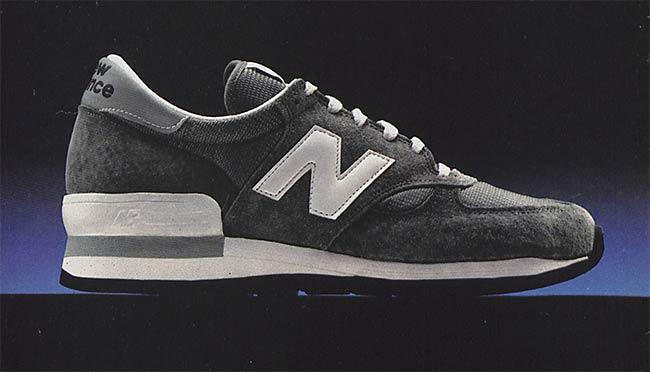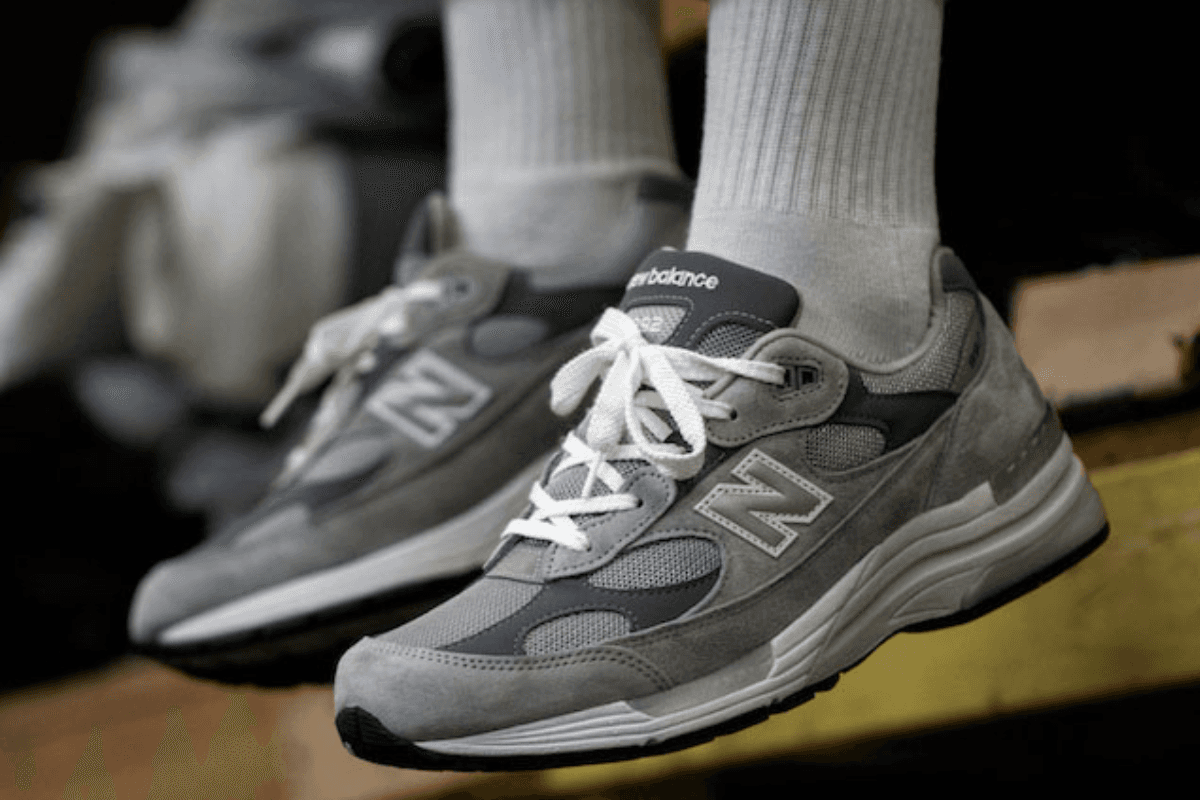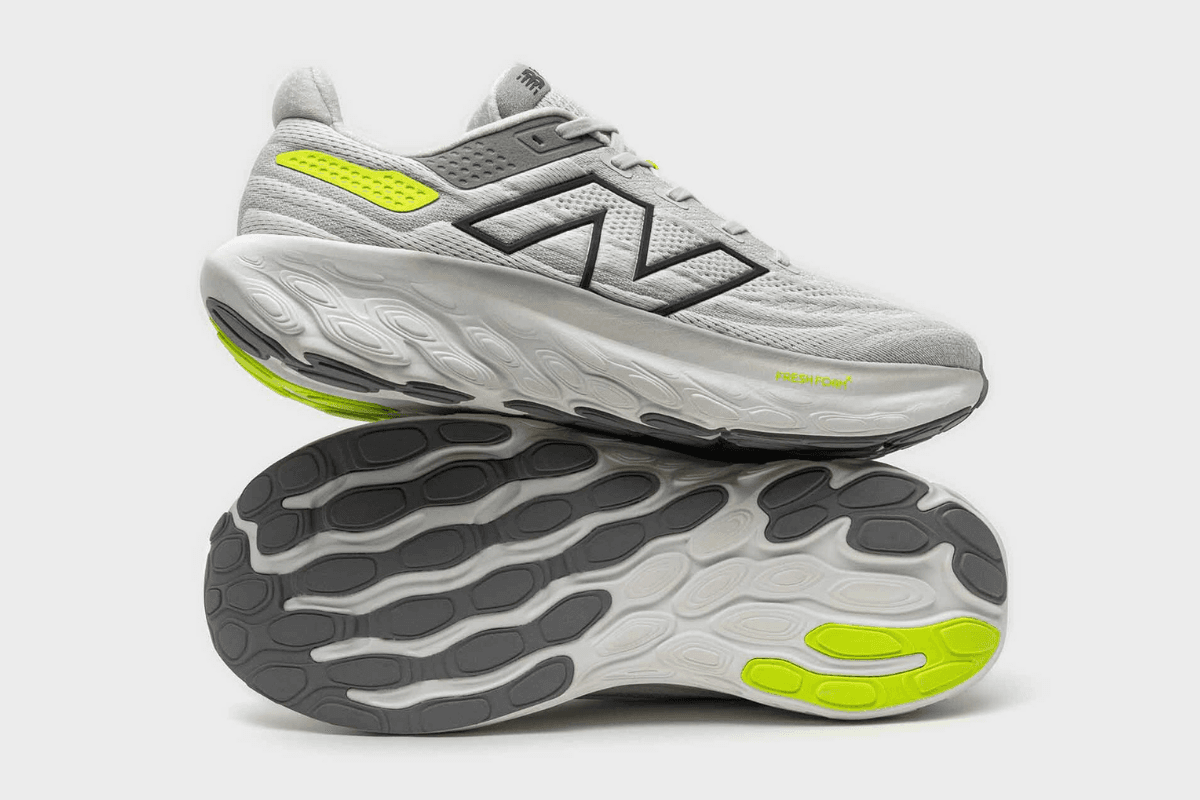New Balance
Upcoming Releases
See allNew Balance
With reissuing classic sneakers that evoke nostalgia while incorporating modern updates, New Balance has successfully capitalised on the retro sneaker trend. Sneaker enthusiasts have gained renewed interest in the brand's iconic silhouettes, including the 990 series.
Due to their dedication to quality, integrity, and reliability, they have earned a reputation for excellence. Consumers who value the quality of locally produced products are loyal to their company because they are committed to domestic manufacturing, particularly in the United States. Through this commitment to ethical practices and customer satisfaction, a loyal following has been formed, resulting in strong brand loyalty.

Popular New Balance Models
Shop AllRecent Releases
See allPopular
See allSteals
See allResell
See all
Sneaker Design & Technology
In designing sneakers, New Balance focuses on comfort and fit. They use advanced cushioning technologies like ENCAP and Fresh Foam to provide excellent shock absorption and support. For athletic activities as well as everyday wear, consumers want footwear that can be worn for extended periods.
In addition to focusing on performance, New Balance has also created stylish and versatile sneakers. Through collaborations with fashion designers and influencers, the brand has enhanced the aesthetic appeal of its sneakers, making them popular in both athletic and casual settings. A wide selection of colorways and designs are available, allowing individuals to express their individual style.
A brand known for its exceptional quality, unique designs, and constant innovation, New Balance offers sneakers for a variety of sports besides running. They also offer trainers for basketball, tennis and football, as well as other sports. For a normal, everyday lifestyle shoe, the New Balance 530 and New Balance 1500 are versatile models, as are the comfortable New Balance 550, the stylish New Balance 992, and the New Balance 990. With the New Balance 327, you can also opt for a retro look.
Latest News
Read AllThe History of New Balance
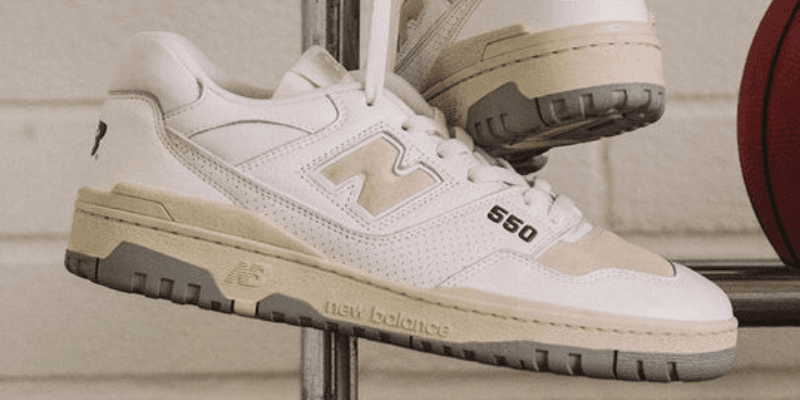
New Balance Today
As part of their commitment to sustainability, New Balance uses eco-friendly practices and materials in their production processes. They prioritise responsible sourcing by reducing waste, sourcing responsibly, and exploring environmentally friendly manufacturing techniques. Customers who value ethical and eco-conscious choices have embraced the brand's commitment to sustainability.

Did you know?
Founder William Riley got the idea for the name 'New Balance' by watching chickens in his backyard and realizing that a three-toed foot provided the finest support for a body. In response, the company decided to manufacture arch supports with three prongs in light of Riley's findings.

